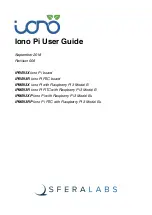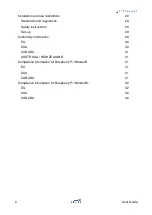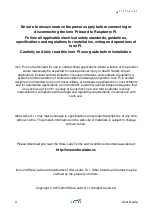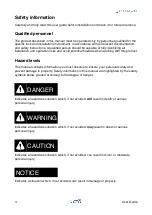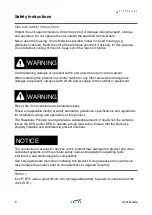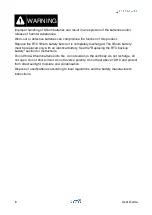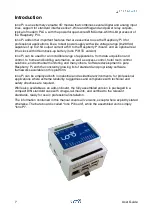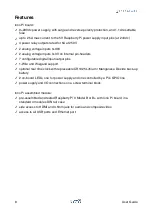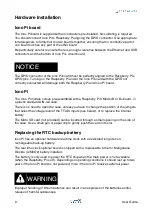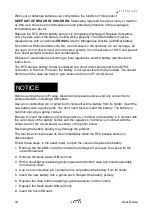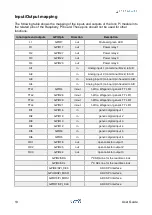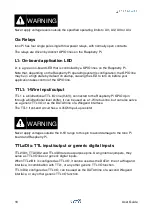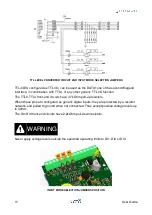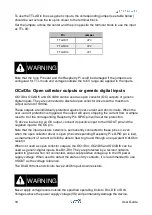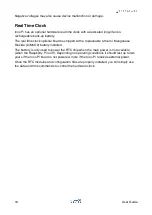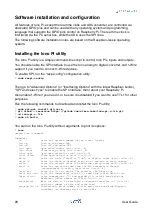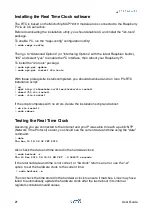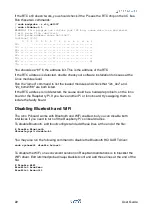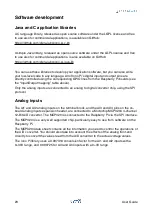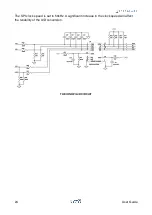
Hardware Installation
Iono Pi board
The Iono Pi board is supplied with all connectors pre-installed. No soldering is required.
You should connect Iono Pi to Raspberry Pi aligning the GPIO connector. Use appropriate
turrets/spacers to firmly bolt the two boards together, ensuring that no conductive part of
one board touches any part of the other board.
Be particularly careful to ensure there is enough clearance between the Ethernet and USB
connectors and the bottom of Iono Pi’s circuit board.
The GPIO connector of the Iono Pi board must be perfectly aligned to the Raspberry Pi's
GPIO pins. Turning on the Raspberry Pi and/or the Iono Pi board with the GPIO not
correctly connected will damage both the Raspberry Pi and Iono Pi board.
Iono Pi
The Iono Pi module comes pre-assembled with a Raspberry Pi 3 Model B or B+ board, in
a plastic standard DIN-rail case.
There is no need to open the case, unless you have to change the position of the jumpers
that select the voltage level of the TTL/DI inputs (see below), or to replace the internal
battery.
The Micro SD card (not provided) can be inserted through a small opening on the side of
the case. Use a small pen or paper clip to gently push the card in its slot.
Replacing the RTC backup battery
Iono Pi has an optional hardware real time clock with a dedicated long-life non-
rechargeable back-up battery.
The real time clock optional board is shipped with a replaceable Lithium / Manganese
Dioxide (Li/MnO2) battery installed.
The battery is only used to power the RTC chip when the main power is not available
(when the Raspberry Pi is off). Depending on operating conditions it should last up to two
years if the Iono Pi board is not powered, more if the Iono Pi receives external power.
Improper handling of lithium batteries can result in an explosion of the batteries and/or
release of harmful substances.
NOTICE
WARNING
9
User Guide

